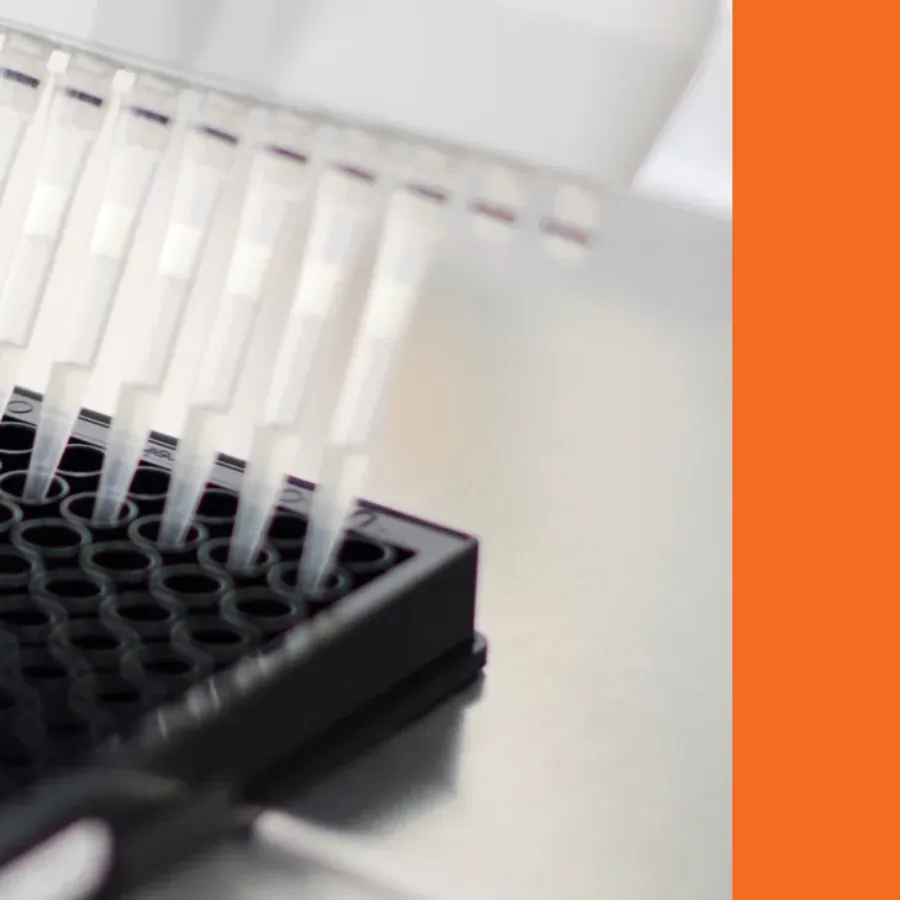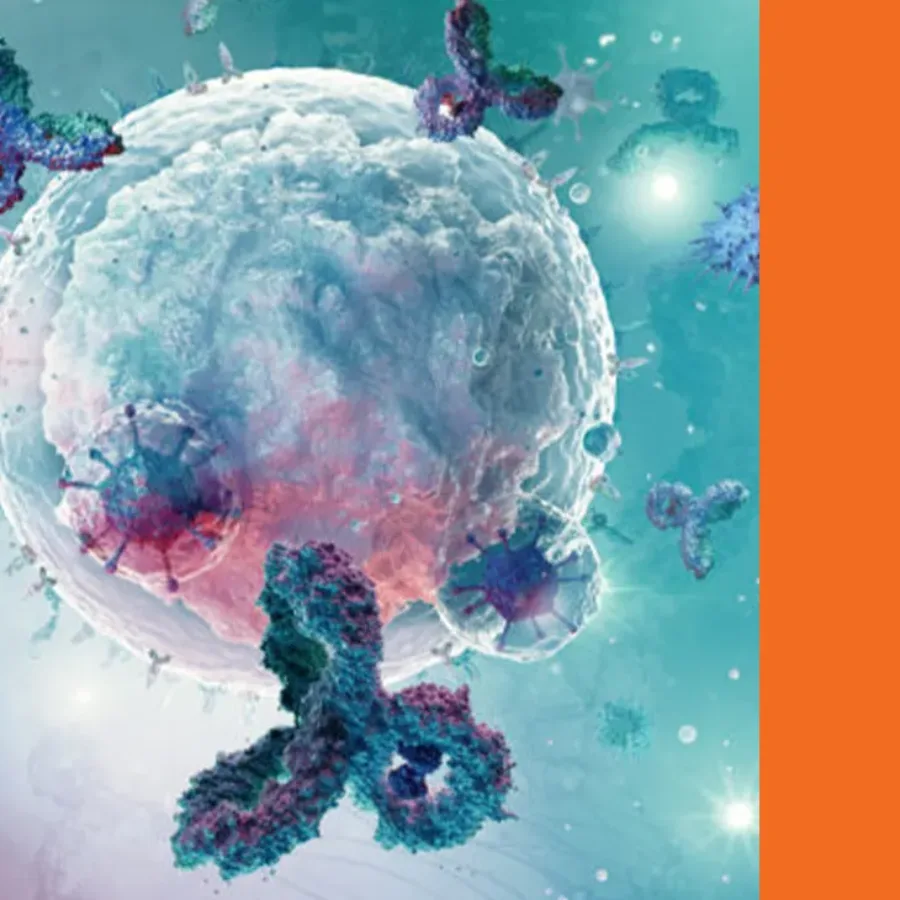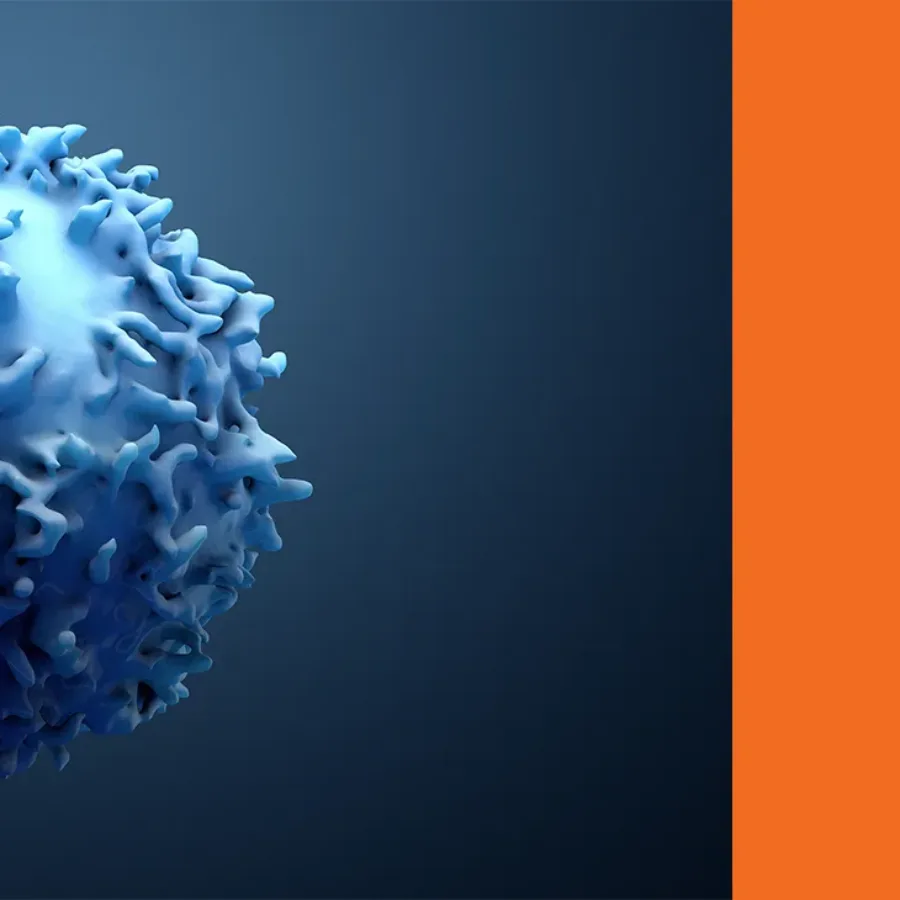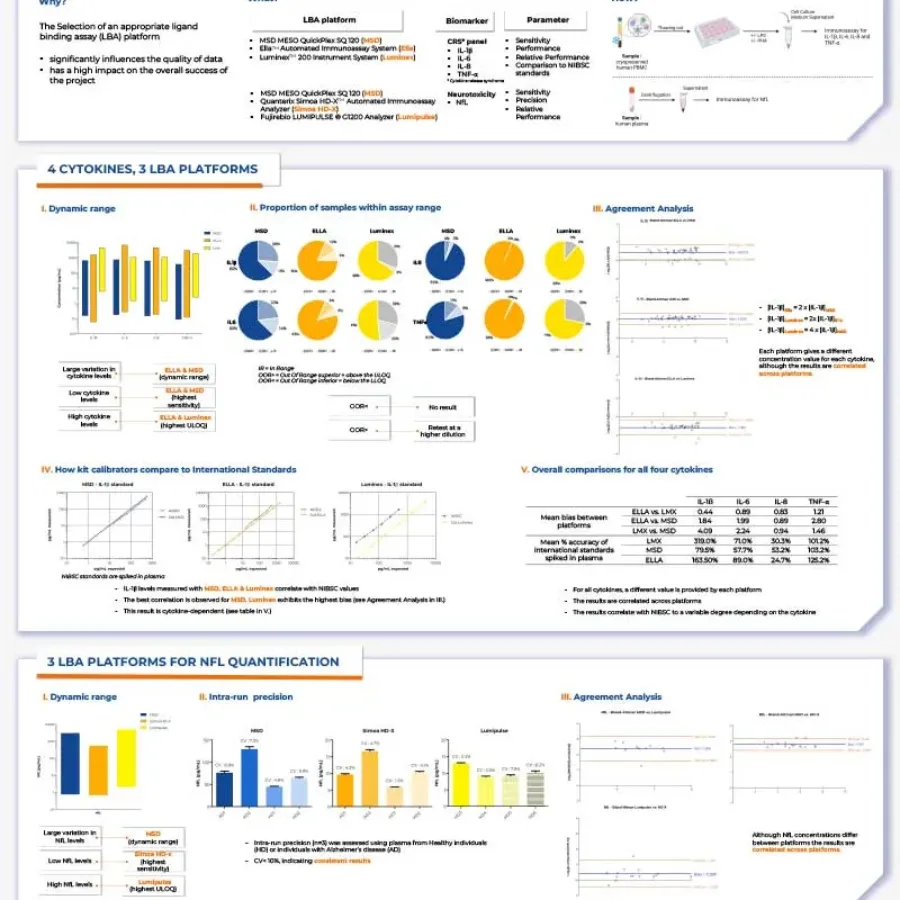 Blogs
Blogs
KCAS Bio offers a wide range of biomarker services, from cell-based to soluble biomarker analysis, including ligand binding assays (LBA), across a variety of matrix types. Soluble biomarker analysis can be achieved on multiple platforms depending on factors such as sample type, required sensitivity, and whether multiplexing is…
 Blogs
Blogs
Quantitative flow cytometry (QFCM) is a specialized technique that enables precise measurement of the absolute number of specific molecules (e.g., receptors, antigens, or intracellular targets) on individual cells or particles. Understanding flow cytometry is essential, as standard methods typically provide qualitative data, where the relative fluorescence intensity is used to…
 Blogs
Blogs
Initially developed to assess the frequency of circulating antigen-specific Antibody-Secreting Cells (ASC), ELISpot has become a vital tool for quantifying antigen-reactive T-cells by measuring secreted immune mediators such as cytokines or key molecules involved in cell-mediated cytotoxicity. Compared to other assays for monitoring cell-mediated immunity (CMI), such as…
 Blogs
Blogs
Biomarker assay development is pivotal to clinical research and the success of a study, yet the journey from qualification to validation is often complex. In this blog, we discuss four must-know essentials to optimize your assay development process. 1. Understand the Context of Use: Qualification vs. Validation The FDA emphasizes…
 Posters & Papers
Posters & Papers
Discover in this poster presented by Fabien Lavocat at EBF Open Sympoisum 2024 on “Comparative Evaluation of Ligand Binding Assay Platforms for Biomarker Quantification: Critical Considerations for Ensuring Data Quality and Project Success”. LBAPlatforms_EBF2024_Poster_vfDownload…
 Blogs
Blogs
Charcot, Gehrig, Hawking: A Journey Through ALS When you hear the names Charcot, Gehrig, and Hawking, what comes to mind? These names are all linked by a shared thread: Amyotrophic Lateral Sclerosis, or ALS. ALS, also known as Charcot disease, is named after Jean-Martin Charcot, a neurologist from the Pitié-Salpêtrière…
 Blogs
Blogs
In the scientific field, the often neglected fifth sense, the sense of smell, contributes to broadening our understanding of various phenomena, particularly in the field of biomarkers.Here, we will guide you along our lines of thought on the importance of our olfactory sense, and how it contributes to scientific exploration…
 Blogs
Blogs
You might be asking what type of laboratory my biomarker assay requires or what level of qualification or validation my assay needs. These are complex questions which there continues to be a significant amount of misunderstanding around. Fortunately, KCAS Bio has extensive experience with both biomarker development and qualification/validation to…
 Blogs
Blogs
If you are part of the Biotech/Pharma community, you may be familiar with the (J.P. Morgan) JPM Healthcare Conference that takes place annually in January and typically in San Francisco. This was the 42nd Annual JPM Healthcare Conference and it is the world’s largest healthcare symposium. This year the mood…
 Blogs
Blogs
Immunoassays are bioanalytical methods that generally use antibodies to detect and quantify specific analytes, often proteins, in biological samples. The process involves the capture of a target protein by an immobilized antibody, followed by its detection with another antibody conjugated either to enzymes, such as phosphatase alkaline or horseradish peroxidase…
 Blogs
Blogs
Immunogenicity refers to the ability of a substance, such as an antigen or a vaccine, to provoke an immune response in an organism. The recognition of the substance as foreign triggers an immune response, which involves the production of antibodies and the activation of immune cells to fight against or…
 Blogs
Blogs
Ligand binding assays (LBAs) have been our core activity for decades. LBAs are commonly used to measure interactions between two proteins, a ligand and its receptor, a monoclonal antibody (mAb) and its target, or biologics and Anti-Drug Antibodies (ADA). Throughout the development of New…